Scripture and homily in brief for Diversity Sunday, the first of the 12 days of Thanksgiving.
2012 note: This year, due to the seasonal overlap, Diversity Sunday also falls on the 11th Day of Piety, but the Piety dozenal has been liturgically completed by All Corners’ Thursday.
As the theme of All Corners and Diversity Sunday are very similar, the web service today will be particularly brief.
Hebrews 13:2
2 Do not forget to entertain/welcome strangers, for by so doing some people have entertained angels without knowing it.
Homily in Brief
Although not a normal Thursday observation, Diversity Sunday is vital because it introduces the celebration of Thanksgiving, as we remember that good things come to our lives through meetings.
These may be meetings of different opinions, as in the Continental Congress where America’s Founders met. It may seem unthinkable to us today, but in the 1700s residents of various colonies did not think of themselves as countrymen. To be a Virginian or a New Yorker in Pennsylvania was to be a stranger in a foreign land, even though all were British colonies. The Continental Congress was a gathering of strangers who sought out (to paraphrase Lincoln) the better angels of each other’s natures to mutual benefit.
These meetings may also be meetings of different families, as at a wedding. Or different religions, as in the Christmas story of three Magi traveling to Judea, the story of the Good Samaritan, and even the story of Thanksgiving that we celebrate this season. They can also be meetings of different business models and scientific theories.
It is a categorical necessity: all new things, and therefore all new good things, come to our lives through meetings with others. It is only through the practical application of the virtue of Hope—keeping our hearts open to others as potential messengers (Greek ἄγγελος or “angel”) of the Good—that we can increase the good things in our lives. Only by remaining open to a diversity of experiences can we truly be open to the gifts in Creation.
So, it is important to value diversity not simply for the sake of conflict-aversion, a “politically correct” way of not hurting anyone’s feelings. It is important to value diversity in full and rational recognition of the great value that difference plays in growth: individual, societal, economic, scientific, moral, etc.
And, for Reform Unitarians, this day’s message is particularly meaningful as it falls on Sunday, the Holy Day for Christians of many other denominations. Think about your neighbors today, wherever they might be. Love them as yourselves, entertain their ideas, and welcome them as potential emissaries of good things.
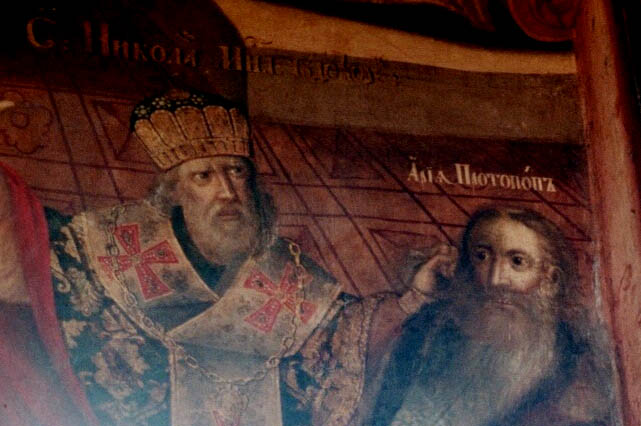

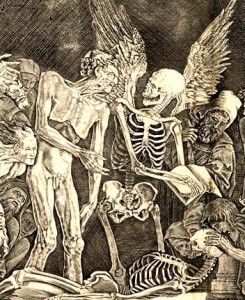 Can Christians celebrate Halloween?
Can Christians celebrate Halloween?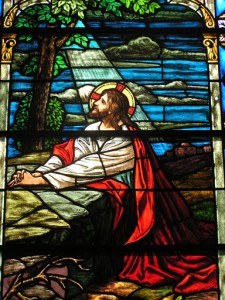
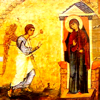
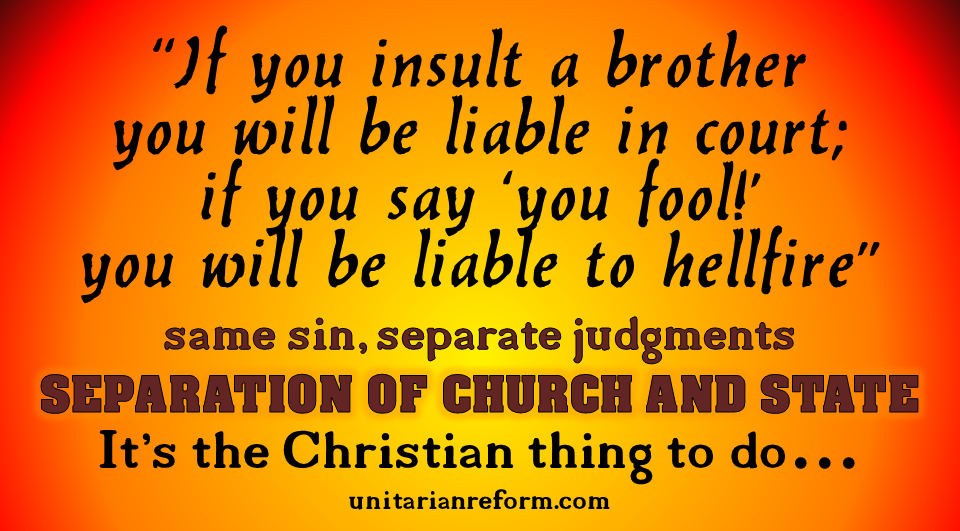
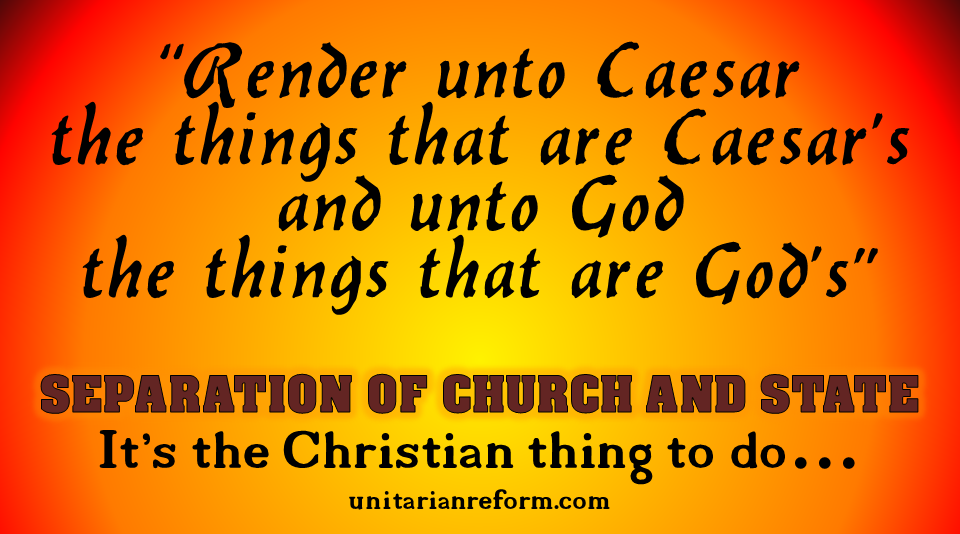
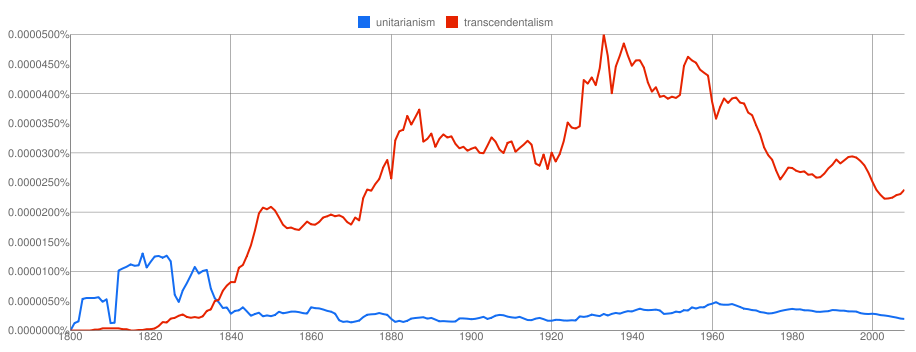
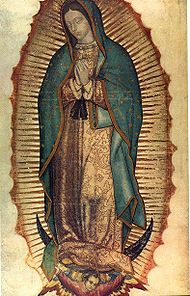 The AUR liturgical year opens with a series of holidays emphasizing the multi-cultural, multi-faith scope of American Reform Unitarian Christianity.
The AUR liturgical year opens with a series of holidays emphasizing the multi-cultural, multi-faith scope of American Reform Unitarian Christianity.